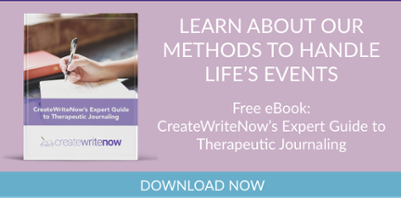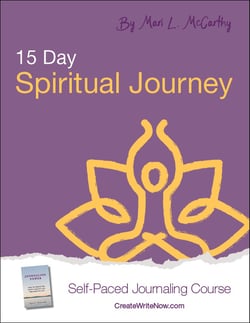 Mindfulness is the practice of focusing your mind on the present and become more fully aware of your thoughts, feelings and actions. Mindfulness meditation is rooted in the Buddhist tradition, but you can adopt the practice no matter what your beliefs.
Mindfulness is the practice of focusing your mind on the present and become more fully aware of your thoughts, feelings and actions. Mindfulness meditation is rooted in the Buddhist tradition, but you can adopt the practice no matter what your beliefs.
Research shows that this type of meditation has a wealth of physical and mental health benefits reducing high blood pressure, stress, chronic pain, sleep problems, psoriasis, anxiety and depression. It has also shown results in boosting immune function and stopping binge eating.
Karen Kissel Wegela, Ph.D wrote in Psychology Today:
The sitting practice of mindfulness meditation gives us exactly this opportunity to become more present with ourselves just as we are. This, in turn, shows us glimpses of our inherent wisdom and teaches us how to stop perpetuating the unnecessary suffering that results from trying to escape the discomfort, and even pain, we inevitably experience as a consequence of simply being alive.
Mindfulness, paying precise, nonjudgmental attention to the details of our experience as it arises and subsides, doesn't reject anything. Instead of struggling to get away from experiences we find difficult, we practice being able to be with them. Equally, we bring mindfulness to pleasant experiences as well.
Try combining mindfulness meditation with reflective writing in your journal to discover a deeper understanding of your own experiences and perceptions.
Create a Meditation & Reflective Writing Practice
1. Find a quiet, comfortable spot in your house where you can sit quietly without interruption. Sit on a comfortable chair with a stable, flat seat or on a cushion or stacked blankets on the floor. Pay attention to your posture, sitting up straight but not so much that you are stiffening your muscles.
2. Close your eyes or keep them open and fixed on one spot in front of you. Be aware of your breathing and the rise and fall of your chest as you breathe in and out. Try to be present in the moment, not the past or the future. This is challenging and your mind will inevitably wander, so when it does, recognize your thoughts without judgment, then gently nudge yourself back to observing your breathing and your present state. When you are just starting out, set a goal of meditating for 10 to 15 minutes; as you practice more, you can extend your sessions.
3. After you have finished meditating, take out your journal and spend a few minutes doing some reflective writing about your experience.
• What thoughts came up during your mindfulness meditation?
• What did you notice about your thoughts, emotions or senses?
• What did you struggle with? What did you enjoy?
• How do you feel?
How do you use meditation along with your journaling practice? Please update us in the Comments section.
I'm currently on Day 5 of Deepak Chopra's 21 Day Meditation Challenge. This week I'm doing my meditation after my Morning Pages. Next week, I'm trying my Morning Pages after my meditation. I'm on Day 5 and my journaling is quite awesome now.
Did You Know?
Design a Journaling Practice that fits You! Schedule a private journaling jumpstart session with Mari, the Journaling Therapy Specialist.
Do you find yourself dwelling on missed opportunities? Or perhaps you're having trouble making sense of it all? Please download our free ebook, CreateWriteNow's Expert Guide to Therapeutic Journaling, shows you journaling can provide the tools you need to achieve the happiness we all deserve.
Spirituality is an important part of your overall well-being, but often gets pushed to the back burner. Our 15 Day Spiritual Journey self-paced course can help you connect more deeply with your spirituality, find new energy, and create greater fulfillment in your life.




Leave Comment